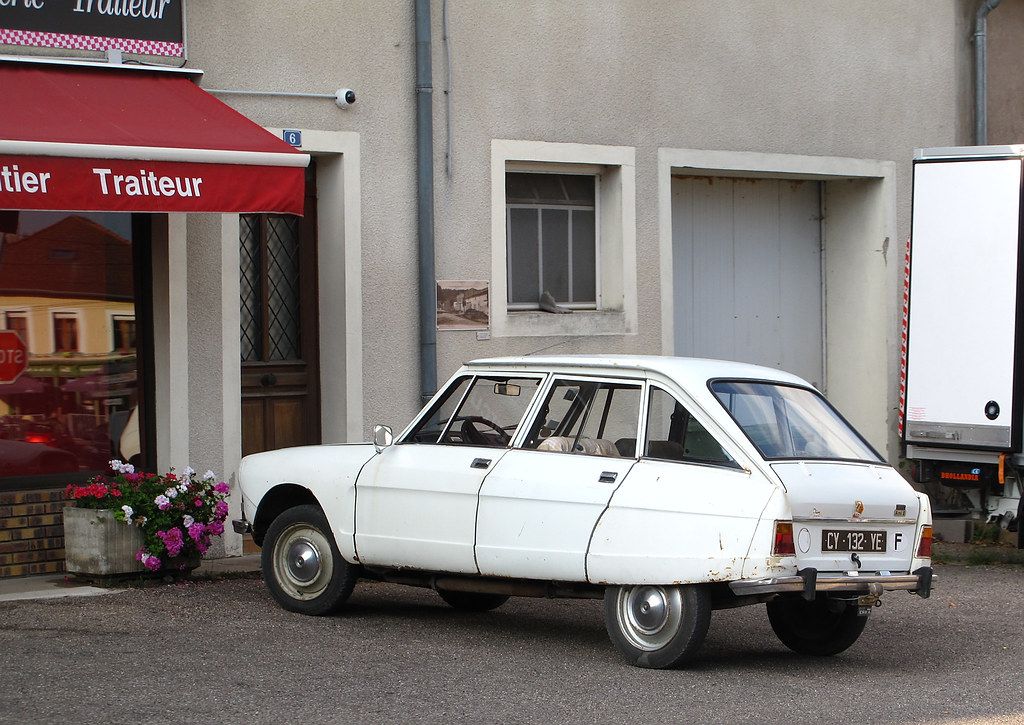
When you embark on the journey of purchasing a new car, your mind is likely awash with practical considerations: make, model, fuel efficiency, safety features, and perhaps even the latest technological gadgets. You carefully weigh your options, driven by a desire for reliability and long-term value. However, there’s a surprisingly significant factor that many buyers overlook, one that could profoundly impact your vehicle’s worth down the road: its color. It might seem like a mere aesthetic choice, a reflection of personal taste, but a recent in-depth automotive report sheds light on how your car’s hue can literally translate into thousands of dollars when it comes time to sell.
New research from vehicle research site iSeeCars, based on an analysis of over 1.2 million used 2022 models sold between August 2024 and May 2025, reveals a clear correlation between car color and depreciation rates. This comprehensive study compared each model’s inflation-adjusted manufacturer’s suggested retail price (MSRP) to its list price, offering concrete data on which colors perform best and worst in terms of value retention. The findings are not just intriguing; they provide actionable advice for consumers looking to make a smarter financial decision when choosing their next set of wheels. Understanding these trends can empower you to select a vehicle that not only suits your style but also protects your investment.
This article will walk you through the key findings from this extensive report, offering practical, data-backed recommendations to help you navigate the complexities of car color depreciation. From the standout performers that defy conventional popularity to the common shades that unexpectedly lose value, we’ll explore the nuances of how paint choice influences your car’s financial future. Whether you’re in the market for a sedan, an SUV, a truck, or even a convertible, the color you choose has a measurable impact on your vehicle’s used value, sometimes by more than $5,000 after just three years. Let’s dive into the specifics, ensuring your next car purchase is as informed as possible.
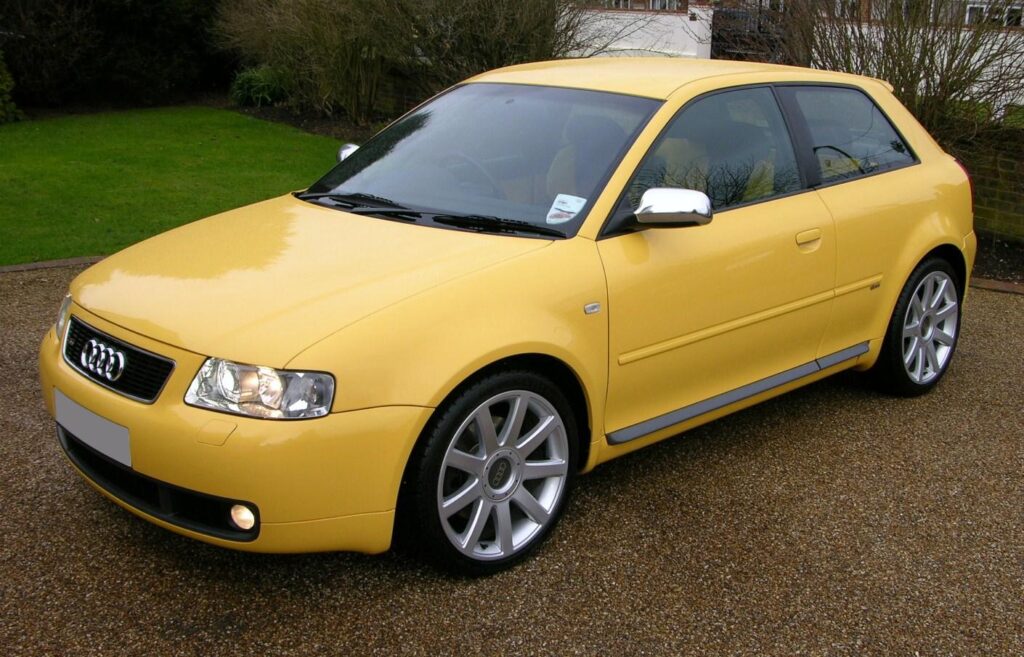
1. **The Overarching Influence of Car Color on Resale Value**The depreciation of a vehicle is an inevitable reality for car owners, but the extent of this loss can be surprisingly influenced by its exterior color. The iSeeCars report highlights a crucial statistic: overall, vehicles lose 31.0% of their value in the first three years of ownership. This average, however, masks significant variations tied directly to the paint job. What might seem like a minor detail to many turns out to be a substantial factor in the economics of car ownership.
The research underscores that the impact of a vehicle’s color on its used value can exceed $5,000 after just three years. This isn’t a marginal difference; it represents a notable portion of a car’s overall value. For instance, while the average vehicle loses $14,360 after three years, some colors perform much better, saving owners money, while others perform worse, costing them more. This finding alone should prompt any savvy consumer to consider color with the same gravity as other major purchase criteria.
Executive Analyst Karl Brauer from iSeeCars points to the fundamental principles of supply and demand as the driving force behind these variations. He states, “Yellow and orange have been among the best colors for retained value since iSeeCars began tracking depreciation by color.” He further elaborates, “These are not widely popular colors, but they have more demand than supply, and that translates to higher value on the used market.” This insight is critical: popularity in new car sales doesn’t always translate to strong resale value; sometimes, rarity combined with consistent demand yields better financial outcomes.
Read more about: The Quest for Calm: Unveiling the Top 15 Quietest Midsize SUVs of 2024 for a Serene Drive
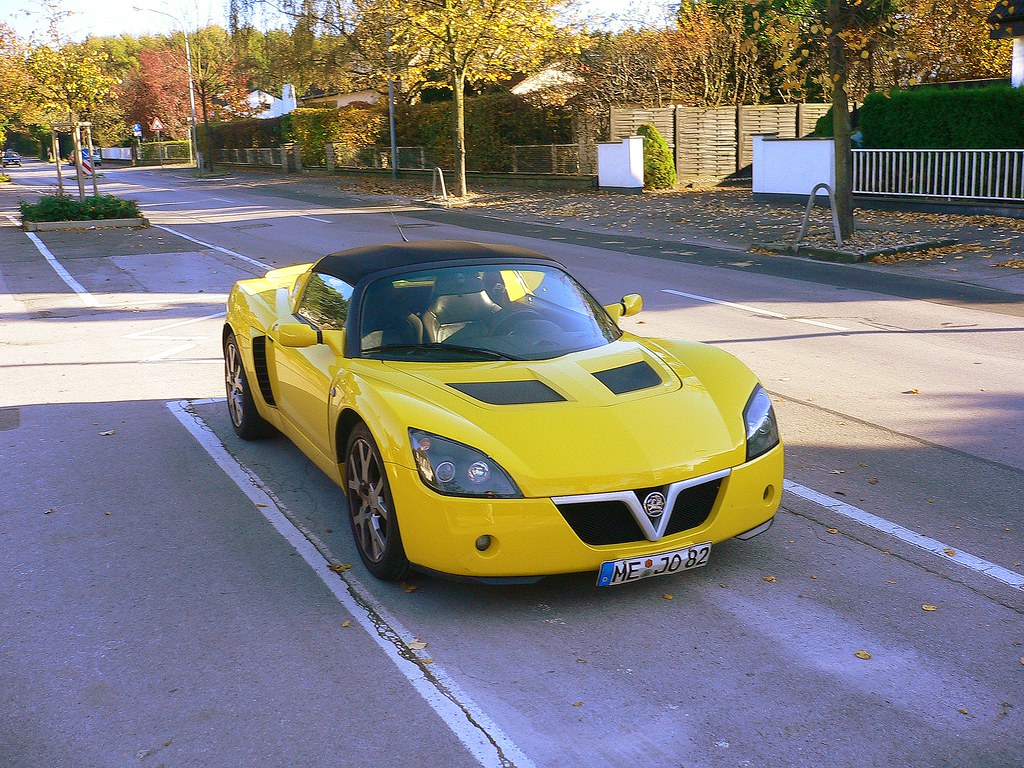
2. **Yellow: The Unrivaled Champion of Value Retention**If you’re looking for a car color that stands out not just on the road but also in terms of financial prudence, yellow might be your unexpected hero. The iSeeCars study unequivocally places yellow at the top of the list for value retention. After three years, yellow cars experience the lowest depreciation rate among all colors, losing only 24.0% of their initial value. This is a significant improvement over the overall average depreciation of 31.0%.
In practical terms, choosing a yellow vehicle can mean a substantial financial advantage. The dollar difference from MSRP for yellow cars after three years averages $13,667. Compared to the overall market average depreciation of $14,360, a yellow car can effectively save its owner $693. This isn’t a small sum, especially when considering the many other costs associated with vehicle ownership. It demonstrates that sometimes the boldest choice can also be the smartest.
Karl Brauer’s observations reinforce yellow’s strong performance. He noted, “Yellow and orange have been among the best colors for retained value since iSeeCars began tracking depreciation by color.” This consistent track record highlights that yellow isn’t just a fleeting trend but a reliable indicator of retained value. While not a color for everyone, for those willing to embrace its vibrancy, the financial rewards are clear. Furthermore, yellow’s strong value retention holds true across numerous metro areas, uniformly showing the lowest depreciation in the nation’s top 50 metropolitan markets.
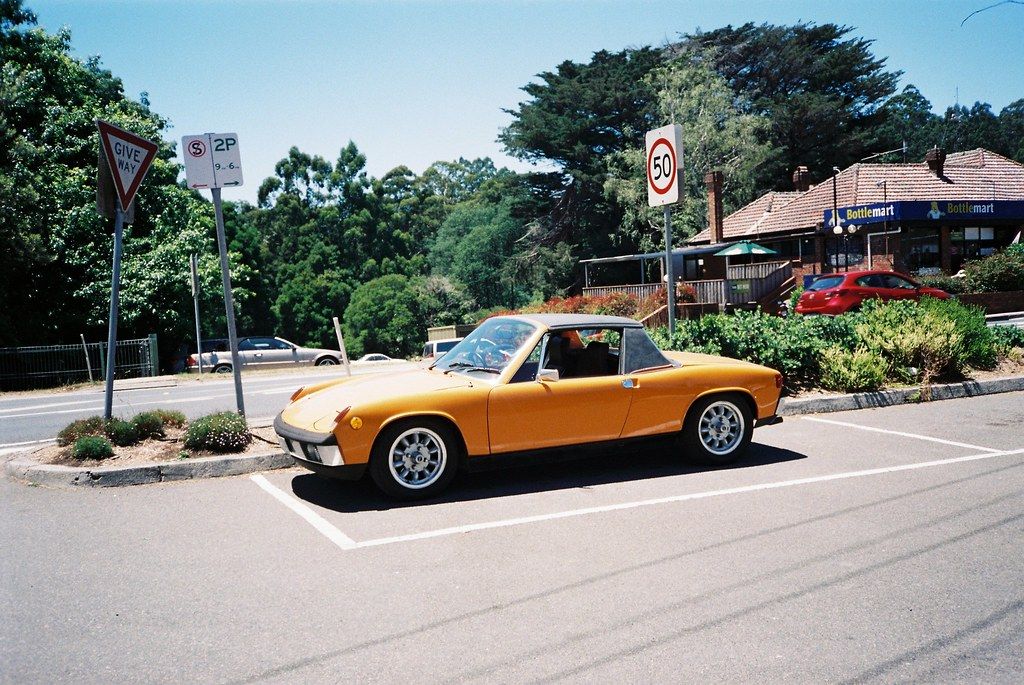
3. **Orange: The Bright Choice for Strong Resale Performance**Hot on yellow’s heels in the race for value retention is orange, a color that, much like its sunny counterpart, defies common perceptions of what makes a car valuable. The iSeeCars report positions orange as the second-best color for minimizing depreciation, with vehicles in this hue losing only 24.4% of their value over three years. This rate is strikingly close to yellow’s performance and significantly better than the market average.
Financially speaking, orange cars present an even more compelling case for some buyers. The average dollar depreciation for orange vehicles after three years stands at $9,951. This figure is notably lower than yellow’s $13,667, making orange an attractive option for those prioritizing less absolute dollar loss, assuming all else is equal. This strong performance highlights that these less common, vibrant colors are not just about making a statement, but also about making a smart investment.
The consistency of orange’s performance across various vehicle types is also remarkable. It holds strong resale value in the pickup, SUV, sedan, coupe, and convertible segments. Brauer comments on its appeal in specific niches, stating, “Orange isn’t a color with widespread appeal, but because multiple brands use it to represent high-performance models, including the Ford F-150 Raptor and Toyota Tacoma TRD Pro, it’s gained favor with truck buyers.” This suggests that for certain body styles, particularly those associated with performance, orange has cultivated a niche demand that boosts its resale appeal.
Read more about: The Car Colors That Affect Resale Value the Most: An In-Depth Consumer Report Guide
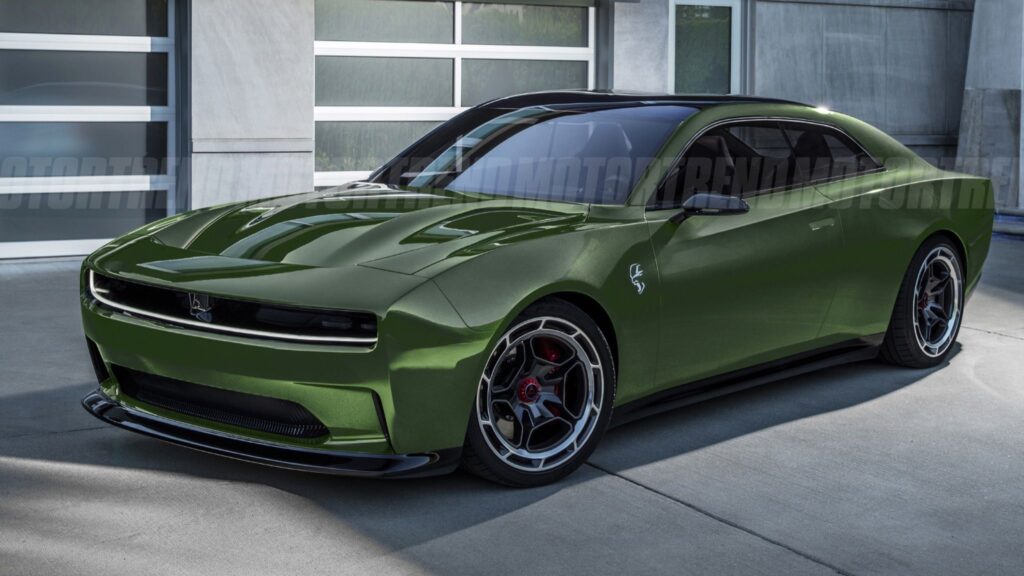
4. **Green: An Unexpectedly Strong Contender in Value Retention**While perhaps not as visually striking as yellow or orange, green cars have quietly established themselves as a strong third contender in the battle against depreciation. The iSeeCars study reveals that green vehicles lose an average of 26.3% of their value over three years. This figure positions green well above the overall market average and makes it a surprisingly financially savvy choice for many car buyers.
The monetary benefit of choosing green is also substantial, with an average dollar difference from MSRP of $13,152 after three years. This places it favorably when compared to the market average of $14,360, translating into tangible savings for the owner. It reinforces the idea that an often-overlooked color can offer significant economic advantages, making it a color worth considering beyond mere personal preference.
Interestingly, green’s appeal varies by vehicle segment. While it performs well overall, holding strong value in SUVs, and even taking the top spot for minivans with a mere 15.3% depreciation, it struggles somewhat in the sedan category, where it ranks as the second-worst color for value retention. Brauer advises, “Green might be an excellent option for SUV shoppers looking to retain value,” but cautions, “Apparently used sedan buyers don’t appreciate a green vehicle. New car buyers should keep this in mind when ordering their next sedan.” This nuanced performance underscores the importance of considering color in the context of specific vehicle types.

5. **Beige, Red, and Silver: Analyzing the Solid Mid-Tier Colors for Depreciation**Moving beyond the top-tier vibrant colors, a collection of more conventional hues occupy the respectable middle ground when it comes to value retention. Beige, red, and silver are among these, demonstrating depreciation rates that are closer to, but still often better than, the overall market average of 31.0%. Understanding their specific performance helps in making an informed decision if the bolder colors aren’t to your taste.
Beige cars, while perhaps not the flashiest choice, show a depreciation rate of 29.5% over three years, with a dollar difference from MSRP of $18,455. Red vehicles follow closely, depreciating by 29.8% and losing an average of $13,013. Silver, a perennial favorite, also registers a 29.8% depreciation, with a dollar loss of $12,636. These figures indicate that while they don’t offer the exceptional value retention of yellow or orange, they are more resilient than the bottom-tier colors.
These colors are often cited as “other above-average colors for value retention” by iSeeCars, suggesting they offer a safer bet than the most popular achromatic colors. Their relative stability in depreciation can be appealing to buyers who prefer a more understated aesthetic but still wish to avoid significant value loss. However, their performance can fluctuate depending on the vehicle segment, indicating that general popularity doesn’t guarantee consistent value across the board.

6. **Brown, Gray, and Blue: Understanding Their Position in the Overall Depreciation Rankings**Rounding out the middle segment of car color depreciation are brown, gray, and blue. These colors hover around the overall market average, meaning their impact on resale value is generally moderate. While not offering the protective financial cushion of the top three, they also avoid the steep depreciation associated with the bottom-ranked colors. Their performance provides a benchmark against which other colors can be measured.
Brown cars exhibit a depreciation rate of 30.4% over three years, with an average dollar loss of $14,197. Gray vehicles are very similar, depreciating by 30.5% and losing $13,648. Blue cars, which have seen a rise in popularity, show a 30.9% depreciation, with a dollar difference of $13,994. These rates are either slightly better than or very close to the overall average of 31.0% depreciation, making them somewhat neutral choices for value retention.
While these colors don’t necessarily boost resale value, some offer practical benefits. For instance, gray and silver tones are known for their ability to hide dirt and imperfections well, making them easier to keep looking clean. Blue, despite its rising popularity, tends to show water spots and scratches more easily. These practical considerations can sometimes influence a buyer’s decision, even if the depreciation figures are average. Overall, these colors represent choices that won’t dramatically hurt your resale value but won’t significantly enhance it either, falling squarely into the category of safe, if unexceptional, bets.
Building on our understanding of how certain colors excel in value retention, it’s equally important for consumers to recognize which shades might lead to a greater financial loss. The market dynamics that favor unique, in-demand colors also penalize those that are overly common or simply fall out of favor. This section will meticulously examine these lower-value options, alongside crucial practical considerations like safety and maintenance, and how color performance can vary dramatically across different vehicle types.
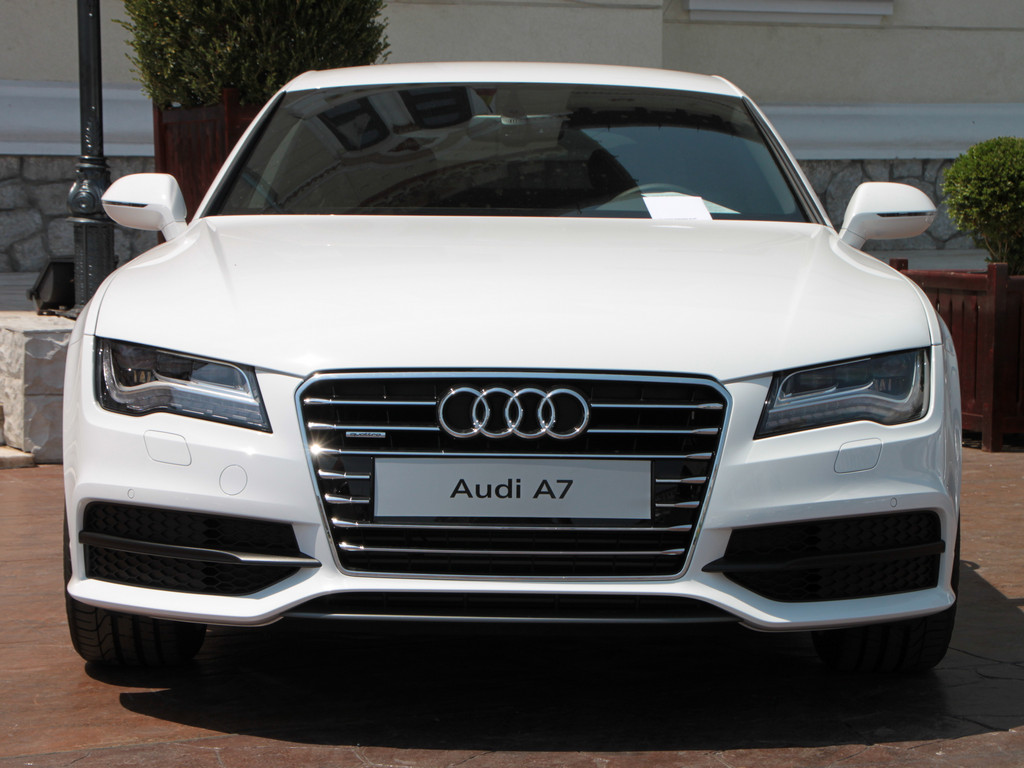
7. **Black: The Popular Color with a Notable Depreciation Challenge**Despite its sleek appeal and widespread popularity, black emerges as a color that presents a notable challenge when it comes to retaining a vehicle’s value. The iSeeCars report indicates that black cars depreciate by 31.9% over three years, translating to an average dollar loss of $15,381. This places black below the overall market average depreciation of 31.0%, signifying a less favorable financial outcome for owners.
The reason for black’s elevated depreciation, alongside white, lies in its ubiquity. Karl Brauer explains that while these are the two most common car colors—with black making up 22% of the automotive color palette according to BASF—their widespread appeal inadvertently reduces their resale value. This abundance means these colors provide “zero distinction in the used market,” making it easier for potential buyers to shop around for the lowest-priced model, thus driving down value.
Beyond depreciation, black cars also pose practical considerations for ownership. While undoubtedly stylish, black is a “double-edged sword” when it comes to maintenance. Black vehicles tend to look their best immediately after a wash but can quickly become covered in pollen, dirt, and dust, requiring frequent cleaning to maintain their pristine appearance. Furthermore, from a safety perspective, black vehicles carry the highest crash risk, with a 12% higher risk compared to white cars, across all weather and lighting conditions.
Read more about: The Car Colors That Affect Resale Value the Most: An In-Depth Consumer Report Guide
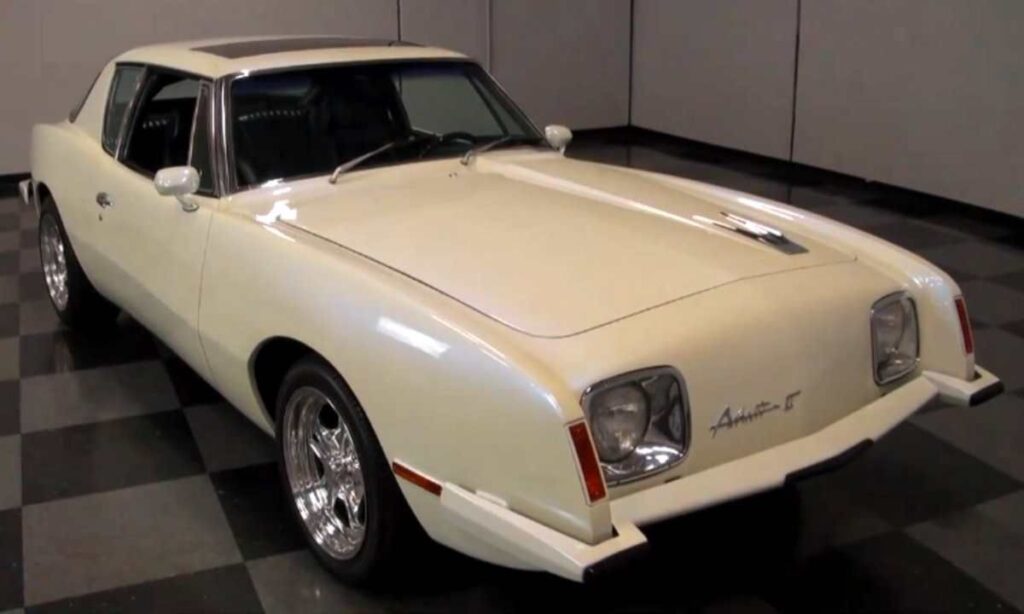
8. **White: A Common Pick with Below-Average Resale Distinction**White, often perceived as a safe and clean choice, paradoxically finds itself among the colors associated with higher depreciation rates. The iSeeCars study reveals that white cars lose an average of 32.1% of their initial value over three years, with an average dollar difference from MSRP of $15,557. This depreciation rate is slightly worse than black and distinctly below the overall market average, suggesting that widespread popularity does not equate to strong resale performance.
As the most popular car color, accounting for 34% of sales according to BASF, white faces the same market challenge as black: an oversaturation in the used car market. Brauer emphasizes that while many people desire white cars, this prevalence means they lack distinction. This makes it easier for buyers to compare and choose the cheapest option, contributing to higher depreciation for this otherwise universally accepted hue.
In terms of practicality, white offers a mixed bag. It is generally considered an “easy-to-care-for” color, as it hides swirl marks from automatic car washes well and can appear newer for longer. However, white vehicles are prone to showing mud and splashes more easily than colors like gray or silver. On the crucial front of safety, white cars offer a significant advantage, presenting a 12% lesser chance of accident involvement compared to black vehicles, making them statistically safer due to their higher visibility on the road.
Read more about: The Car Colors That Affect Resale Value the Most: An In-Depth Consumer Report Guide
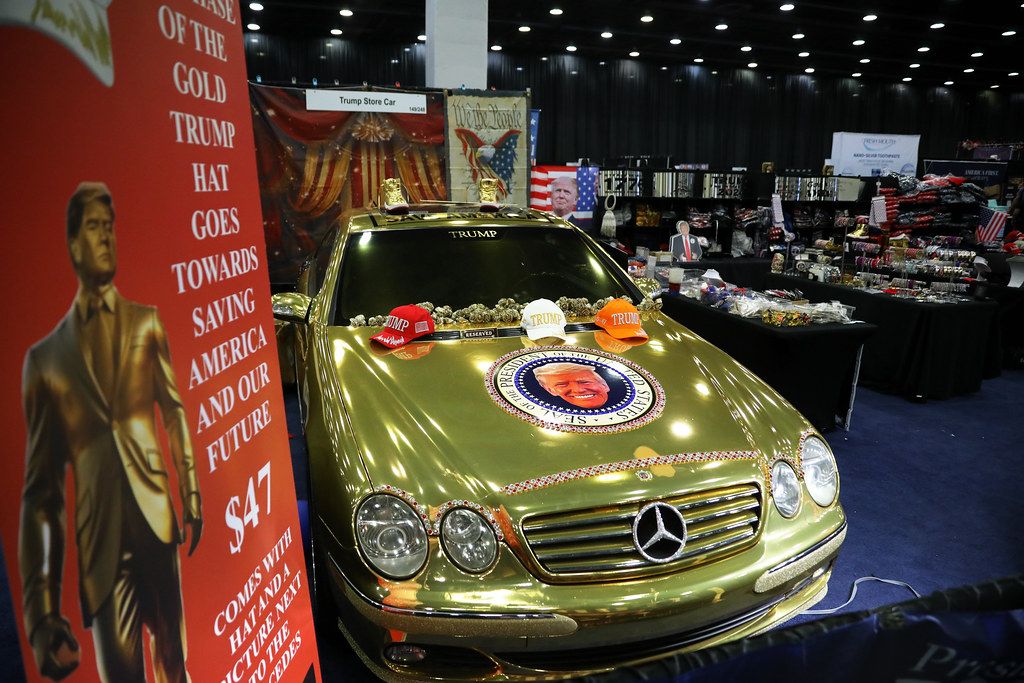
9. **Gold: The Color to Avoid for Maximizing Resale Value**When the goal is to maximize resale value, gold stands out as the color consumers should most actively avoid. The iSeeCars report unequivocally places gold at the very bottom of the list for value retention, experiencing the highest depreciation rate of all colors at 34.4% over three years. This translates to a substantial average dollar loss of $16,679, making it a notably poor investment from a depreciation standpoint.
Gold cars, alongside white and black, are identified as the vehicles that lose the most value, often exceeding $15,000 in depreciation after just three years. While the market for certain bold colors like yellow and orange thrives on a supply-demand imbalance, gold does not benefit from this dynamic. Instead, its infrequent appearance on dealer lots, coupled with a lack of widespread consumer demand, creates a perfect storm for significant value erosion.
From a maintenance perspective, gold shares some challenges with other vibrant colors. Like yellow, gold-colored cars can emphasize mud splashes, requiring more diligent cleaning, particularly after driving in inclement weather. Although a gold car certainly makes a bold statement, its aesthetic impact does not translate into financial longevity, solidifying its position as the color with the least favorable resale value.

10. **Beyond Aesthetics: Car Color’s Role in Accident Risk and Safety**While the primary focus of car color discussions often revolves around aesthetics and resale value, a critical aspect that transcends mere preference is safety. The color of a vehicle can significantly influence its visibility on the road, directly impacting accident risk. This vital consideration should weigh heavily in any consumer’s purchasing decision, offering a practical dimension beyond financial depreciation.
Research from Australia’s Monash University Accident Research Centre provides compelling evidence of this link. Their findings suggest a clear association between vehicle color and accident involvement. Specifically, a white vehicle offers a 12% lesser chance of accident involvement when compared to a black vehicle, a statistic that holds true across varying weather and lighting conditions. This illustrates a fundamental principle: lighter-colored cars are inherently easier for other drivers to perceive.
Expanding on this, the study indicates that dark-colored vehicles generally pose a higher crash risk. Black cars, as mentioned, have the highest crash risk (12% relative to white), followed closely by grey at an 11% higher risk, and silver at a 10% higher risk. Even blue and red vehicles show a 7% higher risk compared to white. These statistics underscore that choosing a lighter hue is not just a stylistic preference but a proactive step towards enhancing safety for both the driver and others on the road.
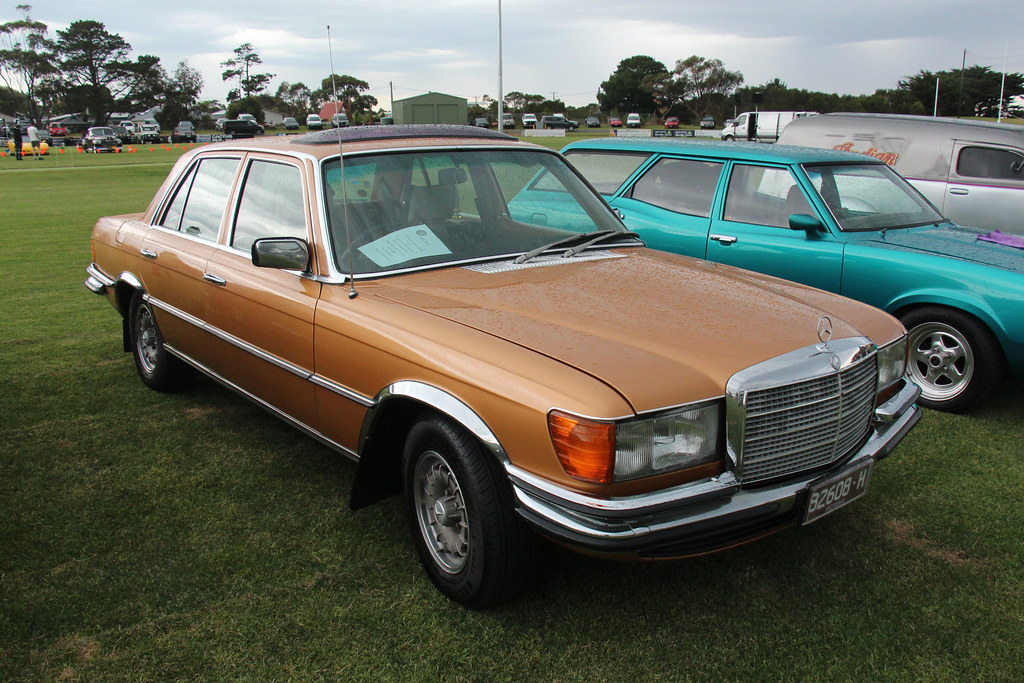
11. **Practicalities of Ownership: How Car Colors Affect Cleanliness and Maintenance**The daily reality of car ownership extends beyond the initial purchase and eventual resale; it encompasses the ongoing effort to keep the vehicle looking its best. The exterior color plays a surprisingly significant role in how easily a car can be maintained and how clean it appears between washes. Understanding these practicalities can help consumers choose a color that aligns with their lifestyle and maintenance preferences.
Certain colors are notorious for making dirt and imperfections highly visible. Black, for instance, is a dual-edged sword. While it can look incredibly sleek, it reveals pollen, dust, and minor scratches almost immediately after being cleaned. Similarly, blue, despite its rising popularity, tends to show water spots quite easily, and both scratches and swirl marks can quickly become apparent on its surface, demanding frequent attention to maintain its luster.
On the other hand, some colors are exceptionally adept at concealing the inevitable grime of daily driving. Gray and silver tones are widely recognized for their ability to hide dirt and minor imperfections effectively, making them appear cleaner for longer periods. White also belongs to this easy-to-care-for group, as it cleverly hides swirl marks that can result from automatic car washes and generally maintains a newer appearance for an extended duration, though it might show mud splashes more readily than gray or silver. Orange, surprisingly, also earns a commendation as an easy-to-clean color. Green cars are also easy to keep looking cleaner longer, but they do show imperfections more easily than gray, silver, and white. Red cars can hide mud better than some, but a layer of dirt can quickly make them look dull.
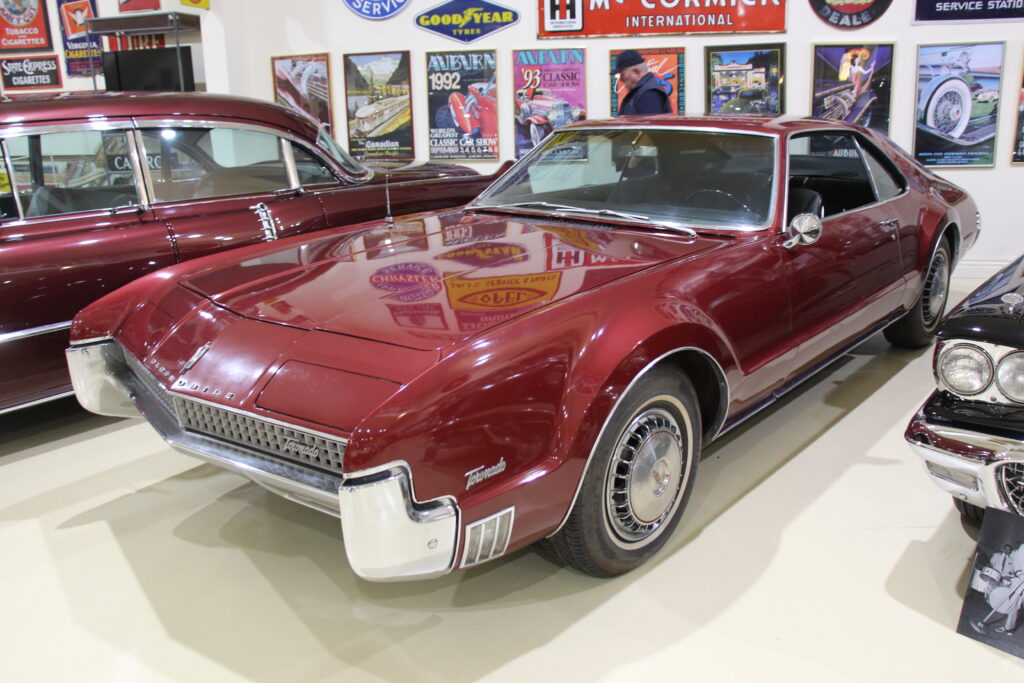
12. **Color Preferences and Depreciation: A Deep Dive into Vehicle Segment Variations and Personal Choice**
The influence of car color on depreciation is not a one-size-fits-all phenomenon; it is deeply intertwined with specific vehicle segments and personal buyer preferences. The iSeeCars study highlights that color performance varies significantly across different body styles, revealing nuanced trends that can guide consumers to make more informed choices tailored to their desired vehicle type.
For instance, pickup trucks show a strong preference for colors like orange and green, which hold the strongest resale value in this segment, with orange trucks losing just 16.0% and green trucks 19.3% of their value over three years. This is largely due to brands like Ford and Toyota utilizing orange for their high-performance truck models, creating niche demand. Conversely, black, white, beige, and red trucks show worse-than-average depreciation. SUVs, the dominant segment in the U.S. market, also reward rare colors like orange (27.1%), green (28.8%), and yellow (30.2%) with higher value retention, even as common colors like black and white command nearly 50% of the segment’s new car sales but are among the least valuable in the used SUV market.
Sedans, however, present a different landscape. While orange (25.3%) and yellow (25.4%) perform well, green ironically ranks as the second-worst color for sedan value retention at 33.8% depreciation. This suggests that “apparently used sedan buyers don’t appreciate a green vehicle,” as noted by Karl Brauer. Minivans, reflecting a family-oriented buyer base, distinctly reject bright colors, with green (15.3%) and brown (21.3%) performing best, and vibrant hues like yellow and orange often not even being available. In contrast, performance-oriented segments like coupes and convertibles heavily reward bright colors. Yellow (14.5%) and orange (18.4%) lead for coupes, while orange (19.8%) and yellow (21.4%) are top for convertibles, allowing owners to “revel in your ‘center-of-attention’ status” as Brauer suggests for convertibles.
Ultimately, while data-backed insights into depreciation by color are invaluable, Karl Brauer advises that buyers should “always choose a color they genuinely want versus a color they think others want.” The widespread trend of purchasing common colors like black, white, silver, or gray, in the belief that they will be easy to sell, can actually hurt resale value due to market saturation. The impact of color on value is constantly evolving, with the depreciation range across colors narrowing from 12.4% in June 2023 to 10.4% today, underscoring that consumer tastes are continually shifting. Balancing personal preference with these practical and financial considerations is key to making a truly smart car purchase.
The choice of car color is far more than a simple aesthetic decision; it’s a strategic financial and practical consideration that can resonate throughout your entire ownership experience. From the initial purchase to the eventual resale, and even in daily driving safety and maintenance, your car’s hue plays a role. While the allure of common colors might seem like a safe bet, the data clearly shows that embracing less popular, yet in-demand, shades like yellow, orange, and green can significantly protect your investment. Conversely, understanding the higher depreciation associated with black, white, and gold, along with the segment-specific trends, empowers you to navigate the market wisely. Ultimately, an informed decision balances personal enjoyment with long-term value, ensuring your vehicle choice is both satisfying and financially sound.

